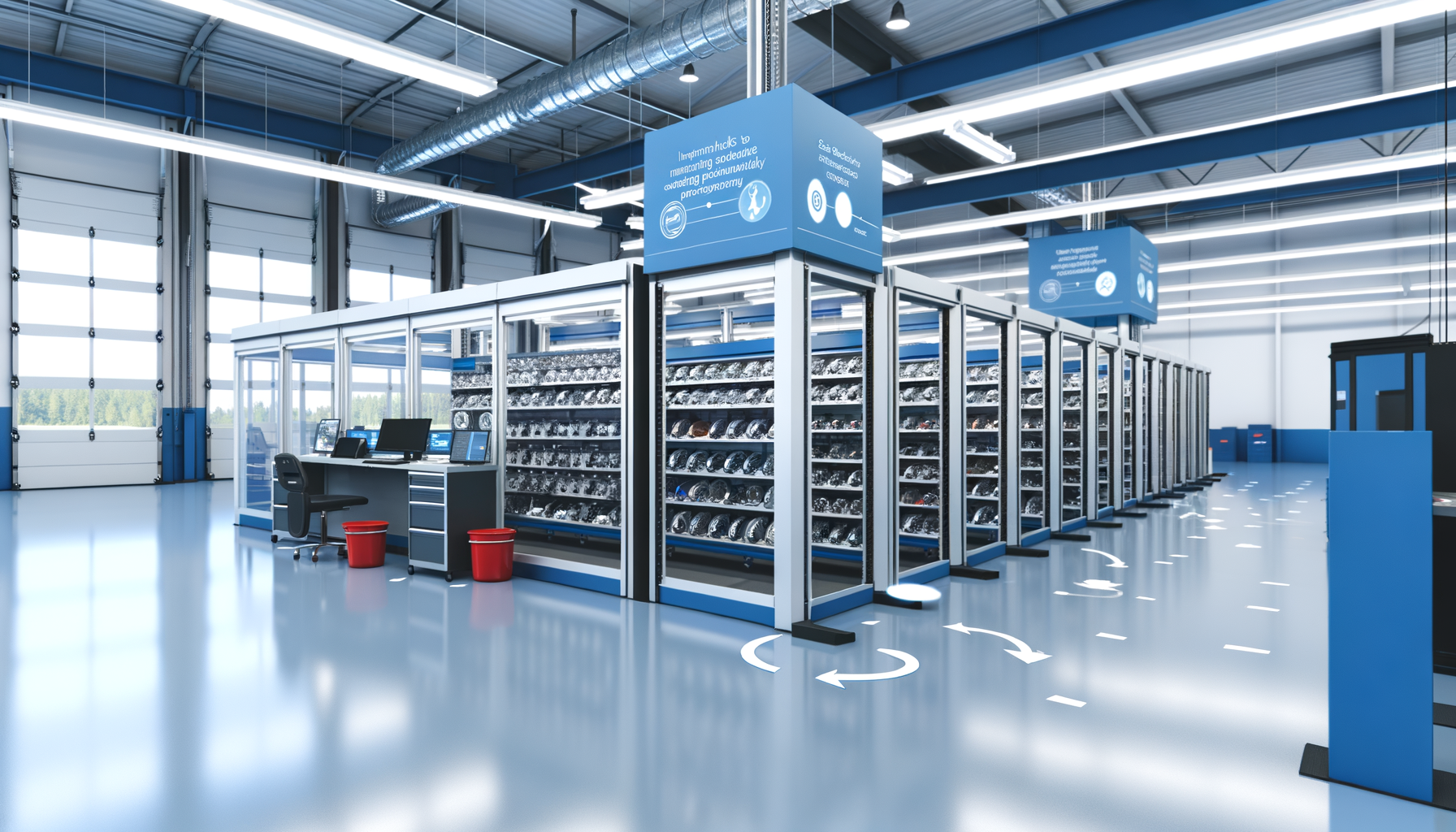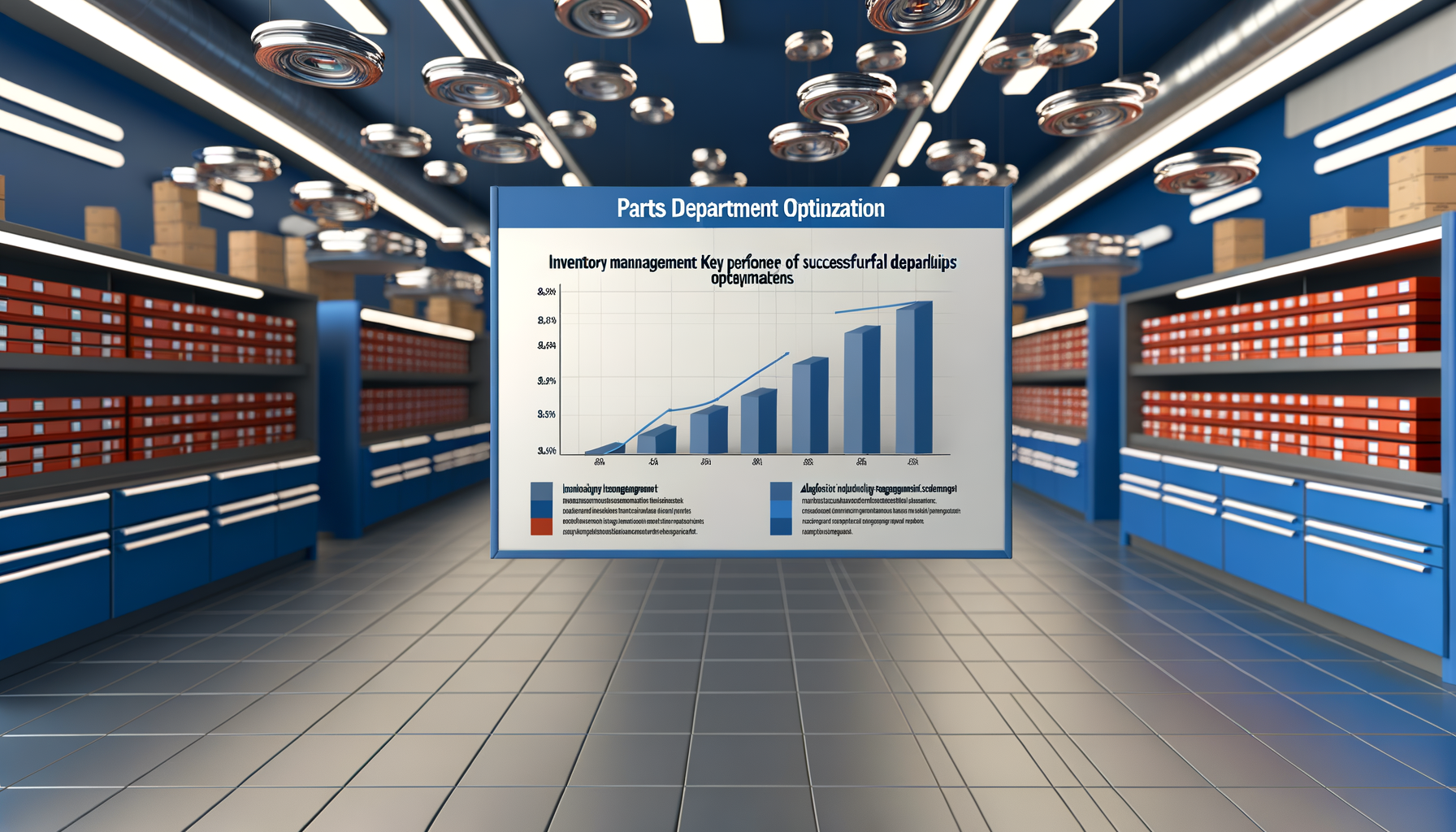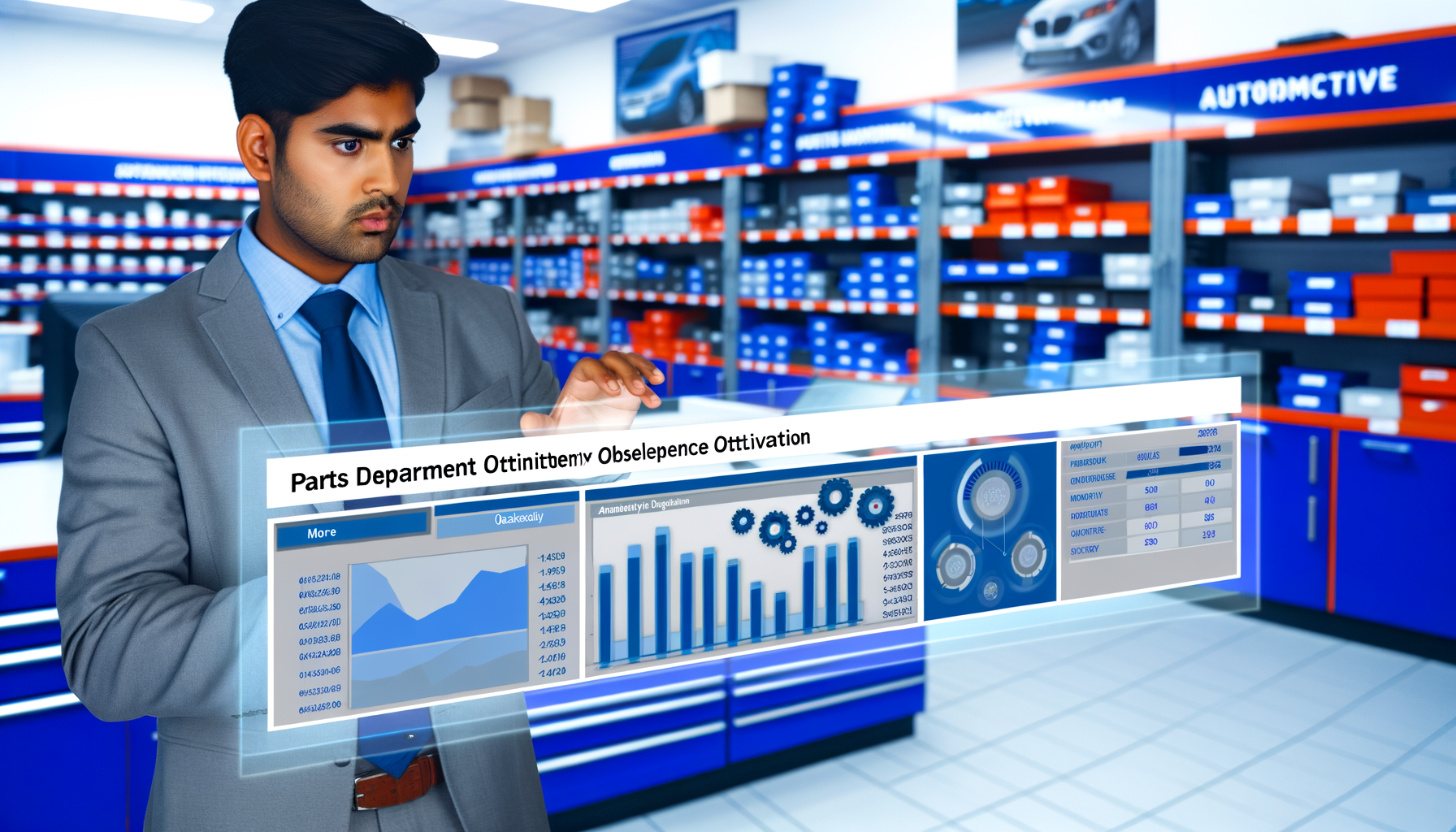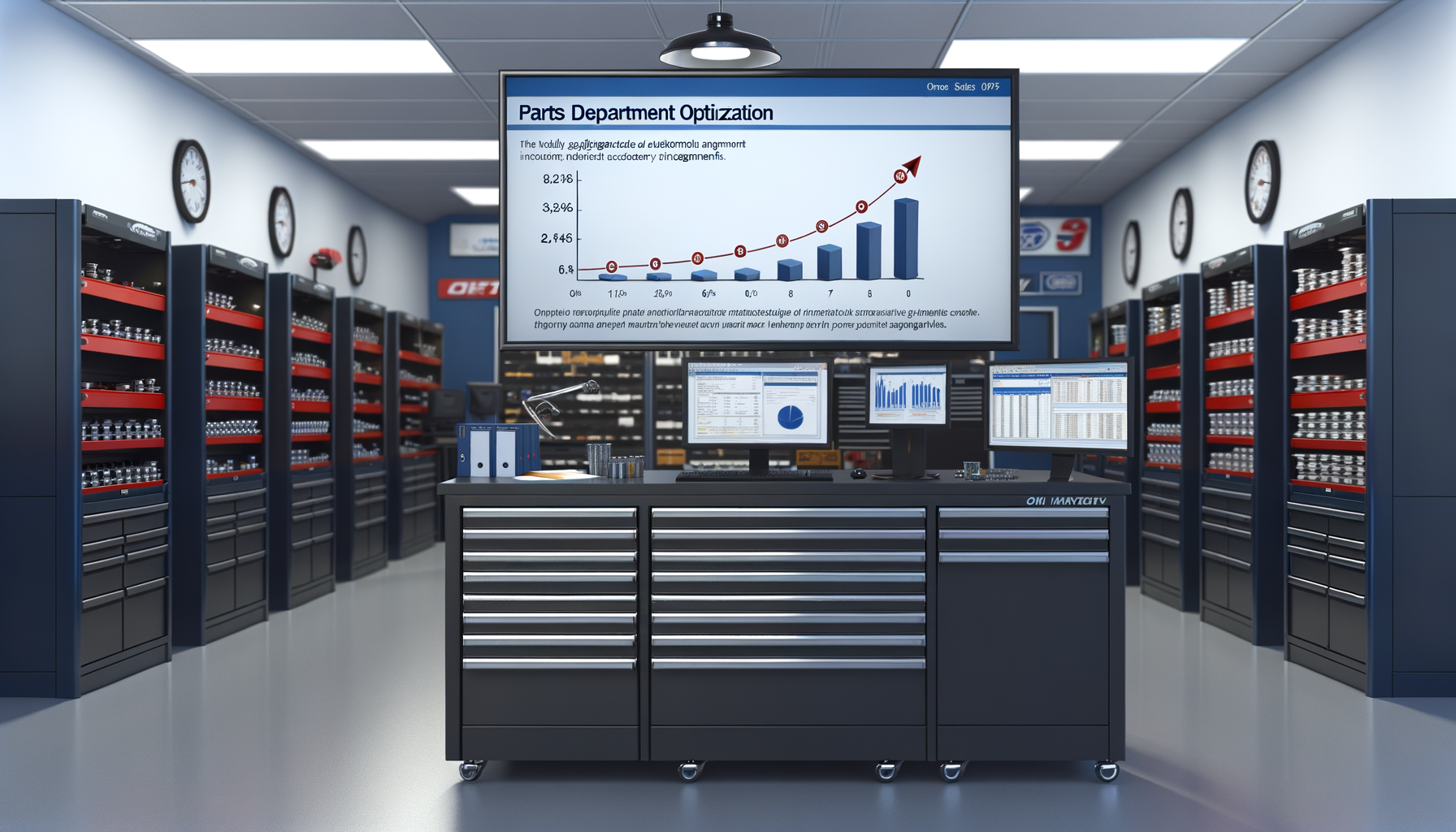Under the Hood of Success: Revolutionizing Parts Department Dynamics

Understanding the Role of Parts Department in Dealership Profitability

The parts department is often an overlooked revenue center within dealerships. By understanding its pivotal role, service managers can align its operations with overall dealership profitability goals. Recent data shows that parts and accessories contribute significantly to a dealership's bottom line, with a typical increase in gross profit margins ranging from 30% to 50%.
A critical evaluation of the parts department's current processes can reveal opportunities for improvement in areas such as inventory turnover, customer service, and vendor relations. For instance, aligning inventory levels with demand forecasts can reduce carrying costs and enhance service efficiency.
To fully leverage the parts department's potential, dealerships must integrate it into their broader strategic framework, ensuring that it supports both service and sales operations. This holistic approach not only enhances profitability but also improves the customer experience, a key metric in today's competitive market.
Implementing Advanced Inventory Management Techniques

With parts shortages continuing to impact service operations, effective inventory management is more critical than ever. Leveraging advanced techniques such as just-in-time (JIT) inventory, dealerships can align stock levels with real-time demand, minimizing excess inventory and reducing obsolescence risks.
Implementing a robust inventory management system (IMS) allows for accurate tracking of parts movement, enabling better forecasting and purchasing decisions. These systems often integrate with dealership management systems (DMS) to provide comprehensive data analytics, assisting in inventory optimization.
To start, conduct an audit of current inventory practices, assess technology needs, and train staff on system utilization. Utilize key performance indicators (KPIs) like inventory turnover ratio and fill rates to measure success and identify areas for further enhancement.
Leveraging Technology for Streamlined Operations

Technology plays a pivotal role in optimizing parts department operations. Dealerships can utilize automation tools to streamline ordering, tracking, and reporting processes, significantly reducing manual errors and saving valuable time.
Auto Pro Solutions offers a suite of tools specifically designed for parts departments, including automated reordering systems and advanced analytics dashboards. These tools enable service managers to make data-driven decisions that enhance operational efficiency and boost profitability.
Implement these technologies by first identifying pain points within current processes, selecting the right tools, and training staff effectively. Regularly review system performance and update practices as needed to ensure continued alignment with dealership goals.
Developing Effective Parts Upselling Strategies

Upselling is a powerful tool for increasing parts sales and enhancing customer satisfaction. By training staff to recognize upsell opportunities, dealerships can significantly boost revenue.
Implementing a structured upselling program requires understanding customer needs, offering relevant product recommendations, and highlighting the benefits of premium parts and services. Providing staff with the right sales scripts and product knowledge is essential for success.
Track upsell performance through metrics such as average transaction value and conversion rates. Adjust your strategies based on performance data and customer feedback to continuously improve the program.
Reducing Obsolescence and Managing Parts Turnover

Obsolescence is a major challenge for parts departments, often leading to wasted resources and reduced profitability. By implementing strategic inventory management practices, dealerships can minimize the risk of obsolescence.
Utilize data analytics to predict demand trends and adjust inventory levels accordingly. Regularly review inventory reports to identify slow-moving items and develop clearance strategies to move aging stock.
Collaborate with suppliers to create flexible return policies for unsold parts, reducing the financial burden of overstocked inventory. This proactive approach not only manages turnover effectively but also strengthens vendor relationships.
Enhancing Customer Experience with Data-Driven Insights

A superior customer experience is paramount for dealership success. By leveraging data analytics, parts departments can tailor their offerings to meet customer preferences, enhancing satisfaction and loyalty.
Collect and analyze customer data to identify purchasing patterns and preferences. Use these insights to personalize marketing efforts and improve service delivery. For example, offering targeted promotions based on purchase history can drive repeat business.
Implement feedback mechanisms to continuously gather customer input and adapt services accordingly. This data-driven approach not only improves the customer experience but also supports long-term dealership growth.
Calculating and Demonstrating ROI for Parts Department Investments

Demonstrating the return on investment (ROI) for parts department initiatives is crucial for gaining support from dealership leadership. Start by defining clear objectives and identifying the metrics that will measure success.
Calculate ROI by comparing the cost of investments, such as new technology or training programs, against the resulting financial benefits. Consider both direct impacts, like increased sales, and indirect benefits, like improved customer retention.
Regularly report on ROI to stakeholders, highlighting successes and areas for improvement. This transparency not only builds trust but also facilitates informed decision-making for future investments.
Related Topics
Ready to take your service department to the next level?
Schedule your demo today and experience the power of Auto Pro Solutions.
Schedule Demo